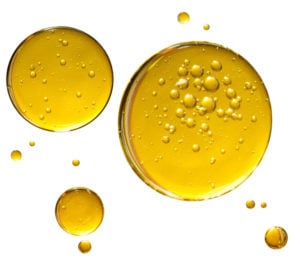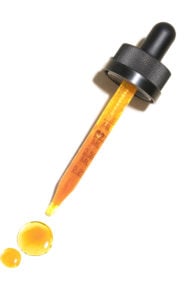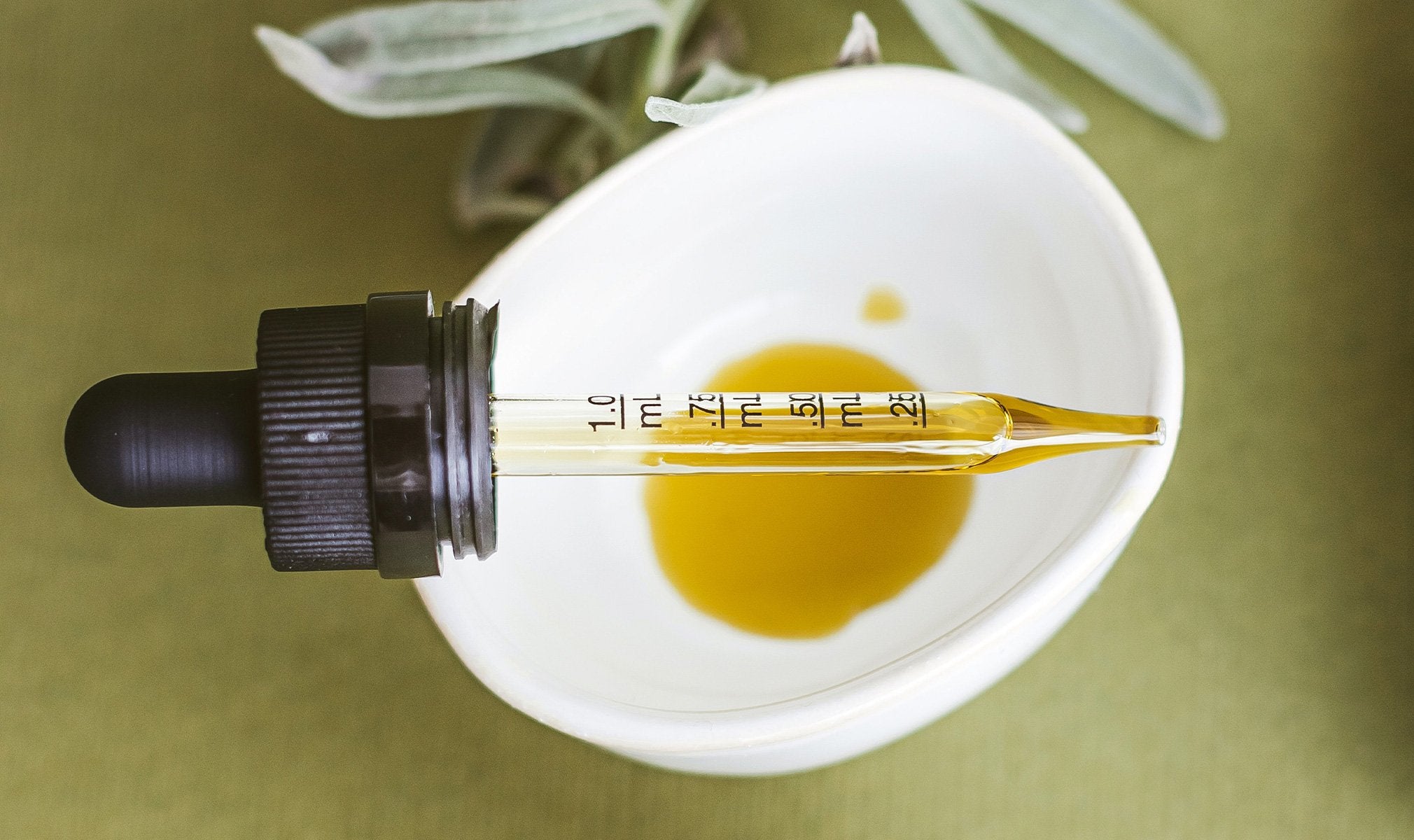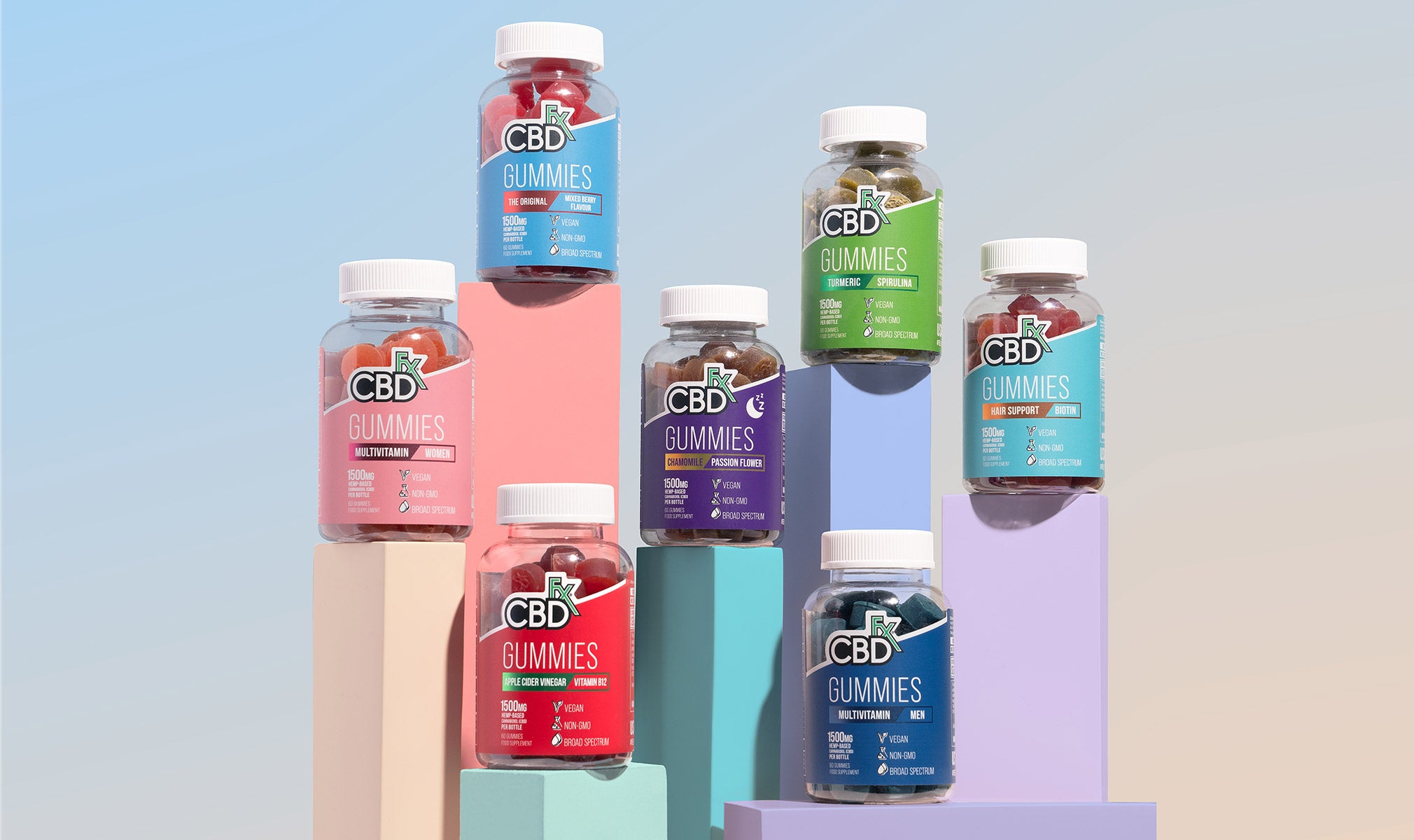If you’re wondering what CBD oil is and how it is extracted, you’re not alone. Online searches for CBD and CBD products have exploded in the last few years. There is a lot of information out there on the internet, and some of it can be quite confusing or downright inaccurate. If you care about what you put in your body, then you are well within your rights to understand exactly what CBD oil is and what happens during the CBD oil extraction process.
What Is CBD Oil?

CBD oil is, in its simplest terms, oil that’s extracted primarily from the cannabis plant commonly called hemp. Hemp is a versatile plant that is related to the marijuana plant, but is different in several important ways. CBD oil is most specifically termed “cannabidiol,” which is one of over 120 cannabinoids identified in the cannabis plant.
CBD oil only contains tiny amounts of THC, the primary active ingredient in marijuana. This lack of THC means that CBD oil is non-psychotropic and non-psychoactive. So, to answer an often-wondered question: no, CBD will not make you feel “high.” CBD oil allows the user to enjoy cannabidiol and other cannabinoids, amino acids, and terpenes that are found in the hemp plant, without fear of becoming intoxicated.
What Is CBD Oil Used For?
CBD oil is rich in cannabinoids, which are quite common and are naturally occurring in the body. Phytocannabinoids are found in plants like hemp, whereas endocannabinoids are found naturally in the body. CBD oil provides cannabinoids in the form of phytocannabinoids for your body’s natural receptors.
How Is CBD Extracted From Cannabis?
Efficiently extracting CBD oil from cannabis or hemp requires the use of specialized techniques to ensure that the cannabinoids are not damaged by heat or solvents. To really understand the newest techniques of CBD extraction, it’s important to get a good background on the older approaches for extracting CBD oil and just about every other type of essential oil, as well. If you are buying CBD oil, it’s important to know which CBD oil extraction process is used to make your oil, and ensure that it’s the highest quality possible.
What Is Steam Distillation?
Steam distillation is a technique that has been used for centuries to extract essential oil from plant material. It’s a very simple concept that uses heat in the form of steam to break the essential oil free from the plant material. Industrial steam distillation setups can be large and very mechanical, but simple distillation setups can resemble a simple chemistry glassware set.
Basically, a container with water is put on a burner. It will have an outlet that feeds into a plant material flask. The plant material flask will have an inlet and an outlet. As the steam rises from the container through the plant material, essential oil vapors are released. These essential oil vapors are collected in a condenser tube that condenses the vapors into a hydrosol. This hydrosol is a mixture of water and essential oil. Further work is done to separate the oil from the hydrosol.
The biggest advantage of steam distillation is that it’s simple and just about anyone can do it. All they need is a simple chemical glassware set. The process is fairly straightforward and with a little practice, anyone with access to sufficient plant material can make their own CBD oil. Unfortunately, there are downsides and this can make it cost-prohibitive.
Steam Distillation Has Two Very Important Downsides:
- It’s notoriously inefficient. Important oils are left behind in the extraction process. Steam distillation only collects a portion of the essential oils. This means that you need a lot more plant material to get the same amount of oil.
- The steam heat is known to kill or damage some essential oils. This can affect the chemical and physical properties of the cannabinoids.
What Is Solvent Extraction?

Solvent extraction is a step above steam distillation both in efficiency and complexity. Instead of using steam to extract the essential oils from the plant material, solvents are used. The solvents react with the plant material, causing the essential oils to be removed from the plants and mix with the solvent.
Alcohol has been traditionally used to extract essential oils from plant materials. One example is vanilla extract. Vanilla beans are put in an alcohol mixture and allowed to extract over a period of several months. The result is a vanilla extract that can be made into vanilla oil by evaporating the alcohol.
Unfortunately, alcohol can be expensive as a solvent, and oftentimes other solvents are used that are either cheaper or more effective at separating essential oils from the plant material. These solvents may or may not be safe for human consumption and could be dangerous to consume. This is why there are food-grade essential oils and essential oils that are not designed to be consumed internally.
It’s important to make sure that you know the process used when buying essential oil, including CBD oil. The quality of the final product is directly related to the quality of the plant material and the quality of the extraction process.
Nevertheless, solvent extraction is a popular way to extract many heat-sensitive oils that would be damaged by the excessive heat of steam distillation. The use of the right mix of solvents and mechanical processes can lead to higher quality essential oils and more efficient use of plant material.
What Is CO2 Extraction?
CO2 extraction, also known as Supercritical Fluid Extraction, is the leading extraction process for essential oils and has been researched extensively in universities using lavender and other essential oil crops. Think of this as your complete guide to CO2 CBD oil extraction.
CO2 is a gas that we all know. Remember The Police’s 1983 hit, “Every Breath You Take?” Well, every breath you exhale has CO2. That’s carbon dioxide, and it is a natural byproduct of your use of oxygen. Plants convert CO2 to oxygen through the process of photosynthesis. It’s about as natural as you can get.
CO2 has been shown to be a very effective solvent for removing essential oils from plant material when under high pressure and utilizing a very little amount of heat. It works in a similar way to the solvent process, but it’s a much better process since it is more effective than alcohol as a solvent.
The CO2 extraction process starts with pure carbon dioxide being injected into a container with the plant material. As the pressure rises, the carbon dioxide turns into a nearly liquid phase. This is called supercritical CO2.
Some heat is added at this point to help the liquefied carbon dioxide release the essential oils and aromatics from the plant material. As it is extracted, the vapors and aromatics are carried away to a separator phase. The separator, you guessed it, separates the aromatics from the carbon dioxide solvent mixture. This essential oil is pure and is very high quality.
There aren’t any real drawbacks to CO2 extraction. It is a mechanical procedure and requires specialized equipment, but the CO2 is safe and the derived oil is food grade. Because CO2 is very effective at removing aromatics and oils from the plant material, there is much less waste.
Less energy is required to extract the oils which helps lower the cost. All of this clearly makes it a much more environmentally friendly way to extract CBD oil. If you care about the environment and what you put into your body, the CO2 extraction process is the only one you should be looking at.
Why Do We Use CO2?
We care about the environment. We care about your health. We care about making the highest quality CBD oil possible.
With this guide to the CBD CO2 extraction process, we hope you now have the information needed to make an informed purchase of CBD oil from a reputable manufacturer using an ethical and sustainable extraction process.
References
- Supercritical CO2 Extraction and Fractionation of Lavender Essential Oil and Waxes. (1995).
- Reverchon, E., & Senatore, F. (2006, April 28). Isolation of rosemary oil: Comparison between hydrodistillation and supercritical CO2 extraction.





